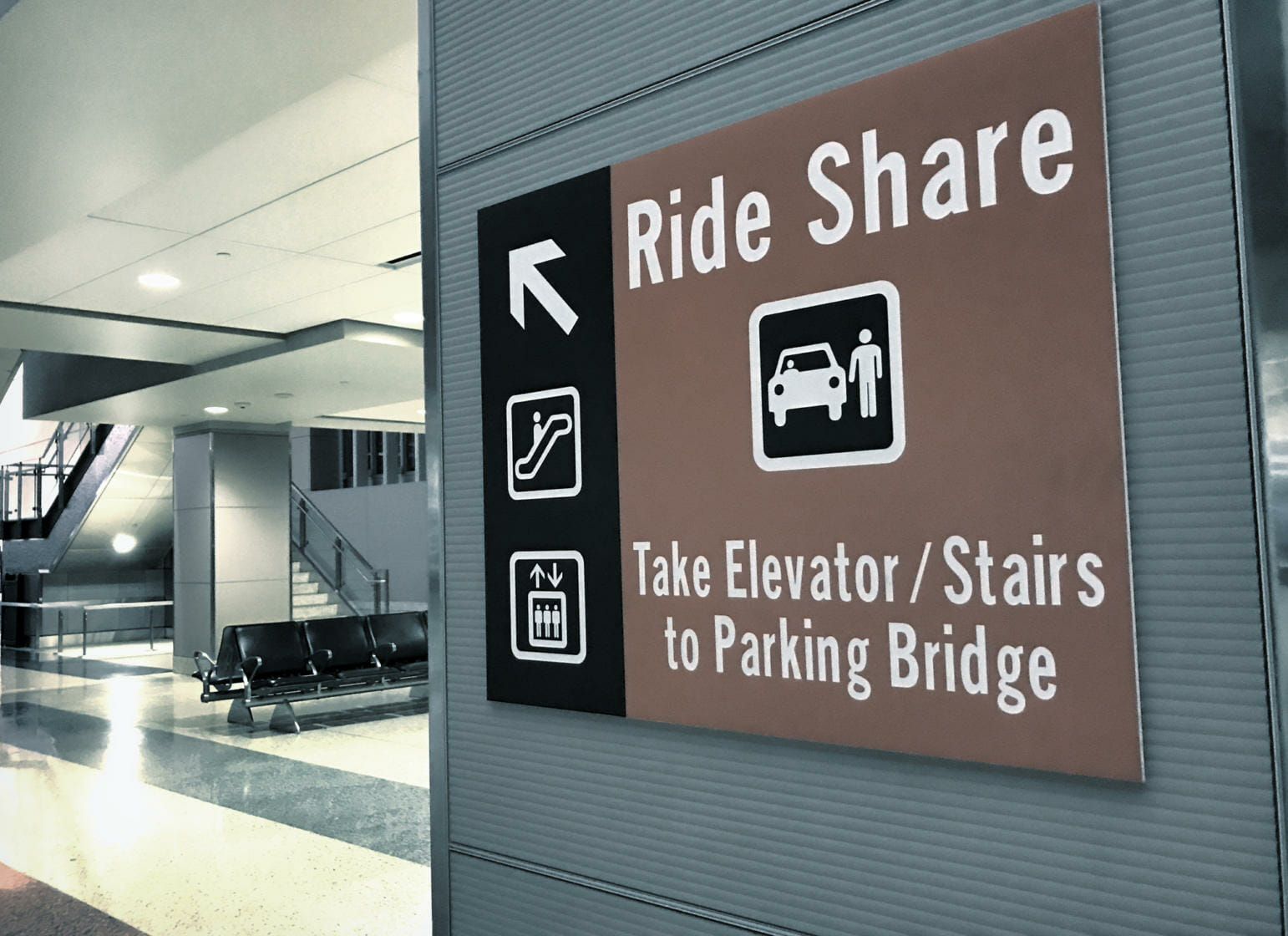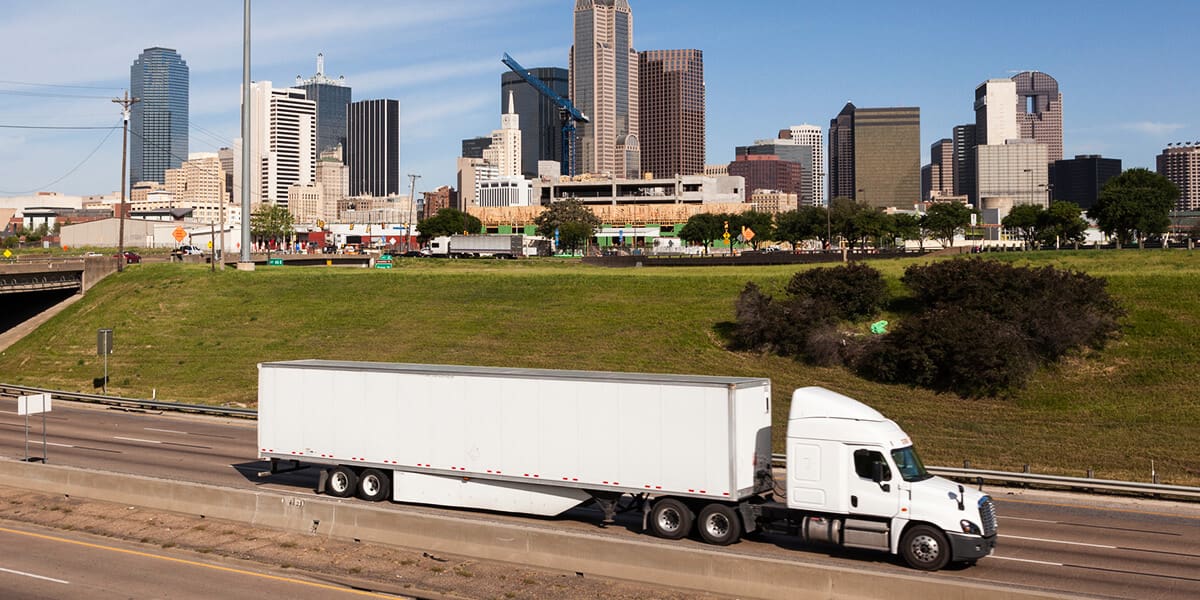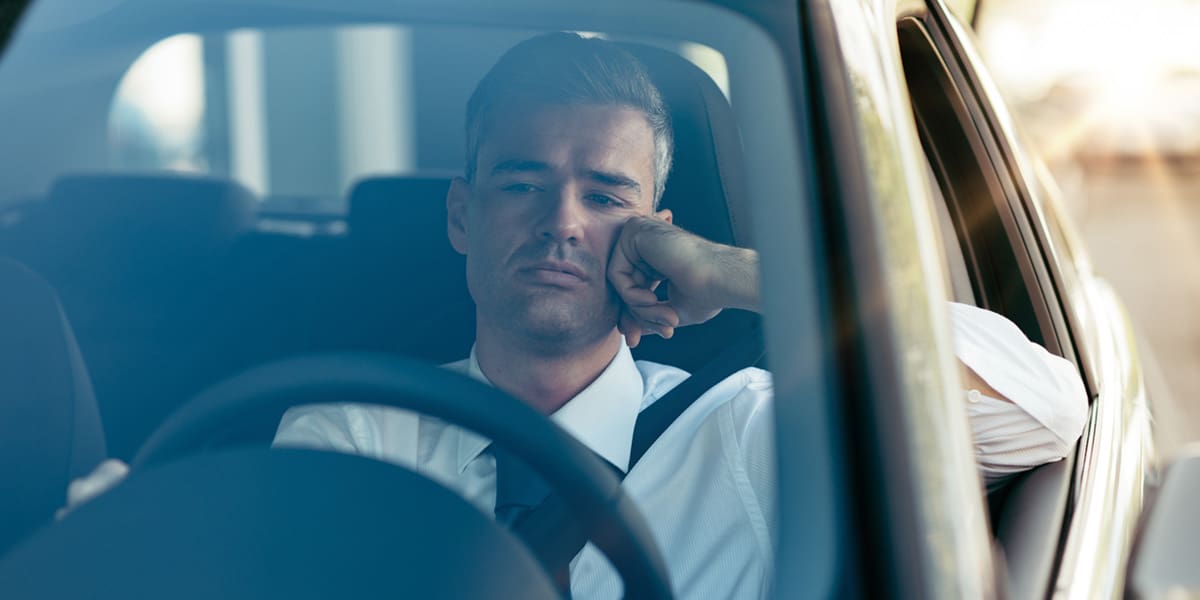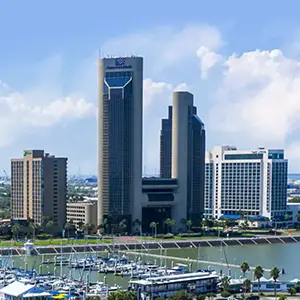The Rise of Rideshare Accidents: What Uber and Lyft Won’t Tell You

Over the past decade, Uber and Lyft have transformed urban transportation, offering millions a fast, affordable alternative to traditional taxis. With just a few taps on a smartphone, a ride can arrive within minutes. No cash, no hassle, not waiting. This promise of convenience has led to explosive growth: today, rideshare vehicles are a fixture in nearly every major city.
But as these services expand, so does something far more troubling: accidents involving rideshare drivers are on the rise. And while the companies promise safety and reliability, the reality behind the scenes is often murky. What happens when something goes wrong?
Here’s what Uber and Lyft don’t tell you: when accidents happen, liability is complex, and victims—whether passengers, pedestrians, or other drivers—can face a confusing maze of legal and insurance issues. Rideshare companies often distance themselves from accountability, classifying drivers as independent contractors and complicating the path to compensation for those injured.
In this piece, we’ll uncover the hidden truths behind rideshare accidents, the rights of victims, and the tactics used by these billion-dollar companies to protect their bottom line—often at the expense of public safety.
The Alarming Rise in Rideshare-Related Accidents
Since their widespread launch, studies have shown a troubling increase in traffic fatalities and injuries tied directly to the growth of these platforms. According to Uber’s safety report for 2021-2022, 153 motor vehicle fatalities occurred showing an increase in fatalities from 2019-2020.
The impact of rideshare-related accidents is most evident in urban areas where traffic congestion and high ride volumes create a perfect storm for accidents. Rideshare drivers often juggle GPS navigation, ride requests, and passenger interactions, leading to dangerous levels of distraction. Many rideshare drivers also work long, irregular hours to maximize earnings. Fatigued driving has been shown to impair performance on par with drunk driving.
Since these drivers are classified as independent contractors, they typically receive minimal training, further increasing risk of an accident. Sometimes demand for rideshare occurs during peak traffic hours which will prompt risky behaviors such as speeding, rapid lane changes, and unsafe drop-offs.
What Uber and Lyft Don’t Want You to Know
Behind the sleek apps and five-star ratings, Uber and Lyft operate in a legal gray area that leaves both passengers and drivers vulnerable. Beneath the convenience lies a system built on loopholes, minimal oversight, and business models designed to avoid liability. Here’s what every rider should understand:
- Drivers are not employees – Uber and Lyft classify their drivers as independent contractors, not employees. This distinction is more than a technicality. It allows the companies to avoid liability in many accident cases. If you’re injured in a rideshare crash, holding the company accountable can be far more complex than if it were a traditional taxi service.
- The impact of driver classification on liability – Because drivers are not employees, Uber and Lyft often argue they’re not responsible for a driver’s negligence. This means accident victims may have to seek compensation directly from the driver, whose insurance may be inadequate, or navigate complex legal arguments to trigger the companies’ limited coverage.
- Loopholes in insurance coverage – Uber and Lyft advertise $1 million in insurance, but that only applies in specific scenarios, such as when a ride is in progress. If a driver is logged into the app, but hasn’t accepted a ride, coverage drops dramatically. If they’re not logged in at all, you’re dealing solely with their personal insurance, which may deny the claim altogether.
- Limited background checks and screening – You might assume rideshare companies thoroughly vet their drivers. In reality, background checks are limited, and vary solely by state and city. Many drivers begin working without in-person interviews or comprehensive criminal screenings, and ongoing monitoring is minimal.
- Gaps in safety vetting – The lack of robust screening can lead to drivers with questionable histories getting behind the wheel. Unlike professional chauffeurs or taxi drivers who often undergo strict licensing and vetting, Uber and Lyft drivers are subject to far looser standards, increasing the risk to passengers.
- Pressure to accept more rides – Rideshare apps use incentives and algorithms to encourage drivers to stay on the road longer and accept more rides. This pressure can lead to overworked, fatigued, or distracted drivers, especially during surge pricing or bonus periods.
Insurance Coverage Myths
When it comes to rideshare accidents involving Uber or Lyft, one of the biggest misconceptions is that you’re always covered by a robust corporate insurance policy. While it’s true that these companies provide commercial insurance, coverage isn’t guaranteed in every situation. In fact, the truth is much more complex and it can leave injured victims struggling to recover the compensation they deserve.
Uber and Lyft operate under a tiered insurance system that changes based on what the driver is doing at the time of the accident as outlined by Chapter 1954 of the Texas Insurance Code:
- Period 0: If the driver is offline and is using their vehicle for personal reasons, Uber and Lyft provide no coverage and only the driver’s personal insurance applies.
- Period 1: If the driver is online and waiting for a ride request, rideshare companies offer limited liability coverage, but no collision or comprehensive coverage.
- Period 2: If the driver has accepted a ride and is en route to pick up a passenger, $1 million in liability coverage typically applies at this point.
- Period 3: If the passenger is in the car and the ride is in progress, full $1 million liability along with possible contingent collision and uninsured/underinsured motorist coverage may apply depending whether the driver has this on their personal policy.
Coverage Gaps That Can Leave Victims Unprotected
Even with Texas’s regulations, several coverage gaps still exist that can leave accident victims and drivers exposed. If the driver is offline, accident victims must pursue compensation from the driver’s personal insurance, which may not cover commercial activity, and may even deny the claim outright. Period 1 has the most limited coverage, often leaving both drivers and victims exposed if injuries or damage exceed the capped limits.
Some personal auto insurers exclude coverage when the vehicle is used for rideshare purposes, leaving drivers unknowingly uninsured. If you’re a pedestrian or another driver hit during Period 1, you may not have access to full compensation for medical bills or lost wages.
The Problem of In-Between Periods
Accidents that occur in the brief moments when a driver is transitioning from personal use to active duty, or in between rides, can lead to disputes over coverage. Insurance companies may argue over whether the driver was truly online or which period applied at the time of the crash.
This gray area often leads to delays, denials, and drawn-out claims processes, especially for injured victims who need immediate financial help for medical expenses and time off work.
Why Rideshare Injury Claims Are So Complex
Unlike traditional car accidents, rideshare crashes involve multiple layers of insurance, third-party contractors (drivers), and tech companies that often shift blame and deny liability. This complexity is why it’s critical to work with an experienced Uber and Lyft attorney if you’ve been injured in a rideshare-related accident.
How a Personal Injury Attorney Can Help After a Rideshare Accident
If you’ve been hurt in an accident involving Uber or Lyft, you might assume the company will step in and make things right. Unfortunately, that’s rarely the case. Between tiered insurance coverage, unclear liability, and corporate pushback, many victims find themselves overwhelmed, confused, and underpaid. That’s where an experienced personal injury attorney becomes essential.
Rideshare accidents can involve multiple layers of responsibility: the driver, the company, or even a third party. An attorney can dig into the details—like whether the driver was actively on a trip, using the app, or driving personally—and uncover who’s truly liable. This includes analyzing driver logs, app status, and company policies that may affect your claim.
Insurance companies often offer quick settlements that don’t come close to covering the full cost of your injuries. A good attorney will push back—calculating your true losses, including medical bills, future treatment, lost wages, and pain and suffering—to fight for the full compensation you’re owed.
Injured in a Texas Rideshare Accident? You Need Legal Support
If you’ve been injured in an Uber or Lyft accident in Texas — whether as a passenger, pedestrian, or another driver — it’s critical to have an experienced Texas personal injury attorney on your side. At Thomas J. Henry Law, we know how to dig into app data, driver logs, and insurance timelines to identify all possible sources of compensation and fight for your rights under Texas law.
Blog










